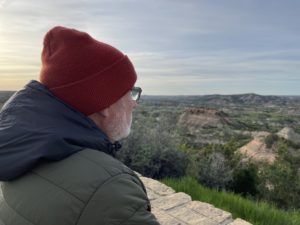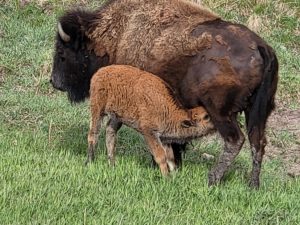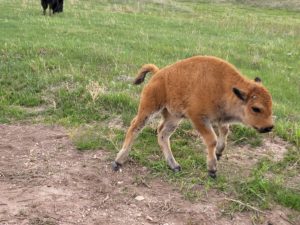
Is this really on Earth?
* The highlight of this area was to see the cannonball concretions. Truly jaw-dropping, these rocks are round!
* Yet another highlight was to visit the Juniper Campground area. I had originally intended on us staying on-site here, but so glad we didn’t. The campground is much more suited to small RVs and vans. Big Rigs not-so-much. Then, to learn of the harsh weather impacting road conditions, Clark nor Jim or I would’ve been happy driving him into the Park. Additionally, the water main to the campground was temporarily shut off due the recent rains. Nonetheless, we enjoyed a nice leisurely hike on the Little Mo Nature Trail and afterwards enjoyed a picnic within the camp.
* And of course the most popular highlight in the Park is the breathtaking River Bend Overlook. The stone shelter was built in the 1930’s by the Civilian Conservation Corps.
“…so fantastically broken in form and so bizarre in color as to seem hardly properly to belong to this earth“. Theodore Roosevelt


